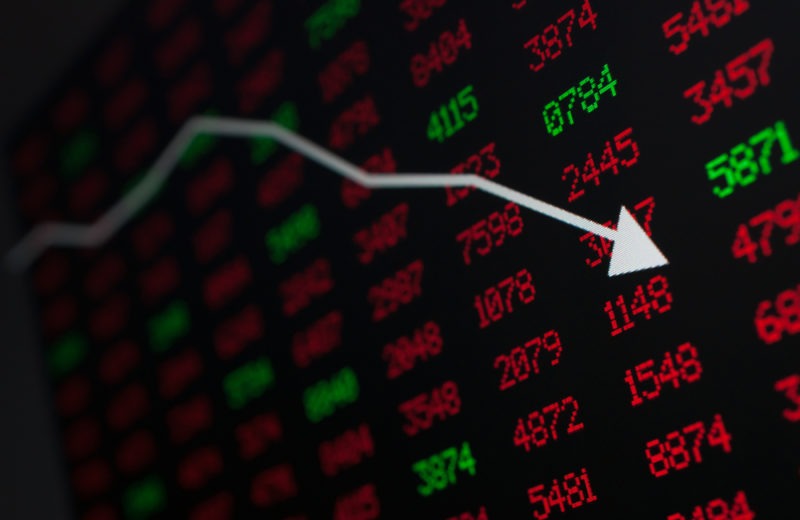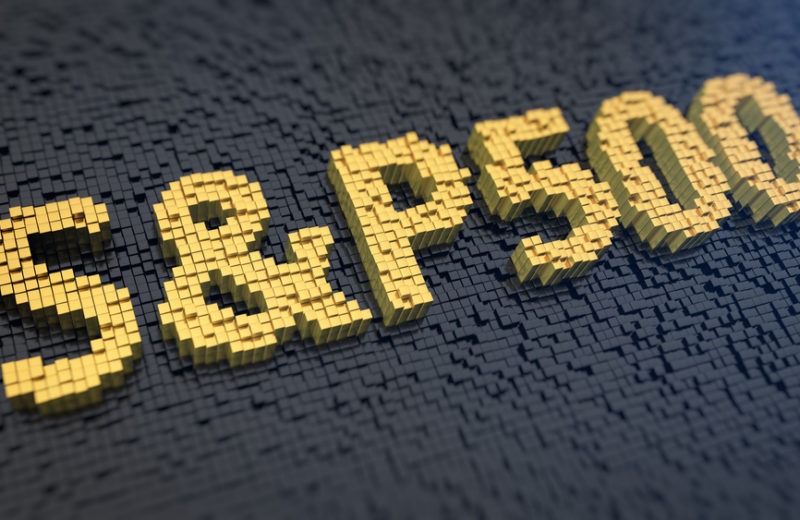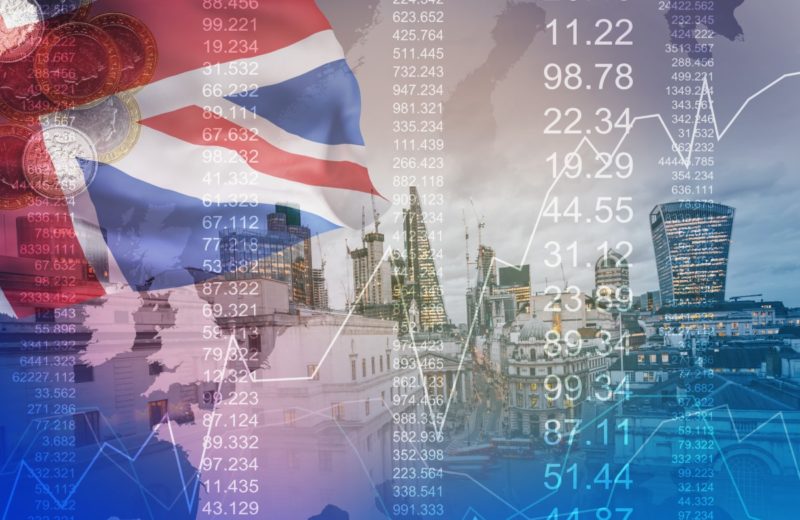Key Points
- European stock’s decline, The Stoxx 600 index, fell by 0.6%, signalling the potential first monthly loss since October due to weak industrial and construction sectors.
- The S&P 500 and Nasdaq Composite showed resilience, breaking a four-day loss streak, driven by positive corporate earnings and economic optimism.
European stock markets experienced a downturn, with the Stoxx 600 index falling by 0.6% in early deals. Notably, the industrial and construction sectors dropped by 1.3%. This negative trend indicates a shift towards the first monthly loss since October, suggesting a cautious sentiment among European investors. This downturn in the European markets underscores the regional economic challenges and investor wariness about upcoming financial disclosures and economic indicators.
US Stock: S&P 500 and Nasdaq End Loss Streak
In contrast to Europe, the US stock market displayed resilience. The S&P 500 and Nasdaq Composite advanced on Thursday, breaking a streak of four consecutive days of losses. This rebound is attributed to various factors, including corporate earnings and investor optimism about economic recovery. Furthermore, the rise in these indices highlights a potentially stabilising environment for investors seeking refuge from the volatility in other global markets.
Asia-Pacific Stocks Rise: Positive Data Fuels Optimism
Across the Asia-Pacific region, stock markets climbed broadly on Thursday, reflecting a positive shift in investor sentiment. This rise can be linked to favourable economic data and a more optimistic outlook on regional growth prospects. Investors in these markets are capitalising on lower valuations to enhance their portfolios amid global economic uncertainties.
Commodity Prices Spike After Middle East Tensions
Recent military actions have escalated tensions, as Israel launched a limited attack on Iranian soil, reported early Friday morning. This event has significant implications for global markets, often causing fluctuations in commodity prices. Following the attack, both oil and gold prices have increased. These movements are typical in times of geopolitical unrest, where investors tend to shift towards safer assets.
ECB and Fed Diverge on Monetary Policy
A critical development in financial markets has been the discussion around interest rates. François Villeroy de Galhau, noted during the IMF Spring Meetings, suggested that barring unforeseen events, the European Central Bank (ECB) should cut rates in June, reinforcing a disinflationary trajectory in the euro area. Meanwhile, expectations for the US Federal Reserve and the Bank of England are mixed, with less confidence in similar rate cuts. This divergence in monetary policy could lead to significant shifts in investment strategies and currency valuations in the coming months.
A 6.26% Leap Signals Industrial Sector Growth
Swiss multinational ABB reported a notable 6.26% increase in operating profits, surpassing expectations. This profit boost reflects well on ABB’s operational adjustments and strategic planning and indicates potential growth triggers within the broader industrial sector. Such corporate successes are vital indicators of economic health and can guide investor decisions in these uncertain times.
















